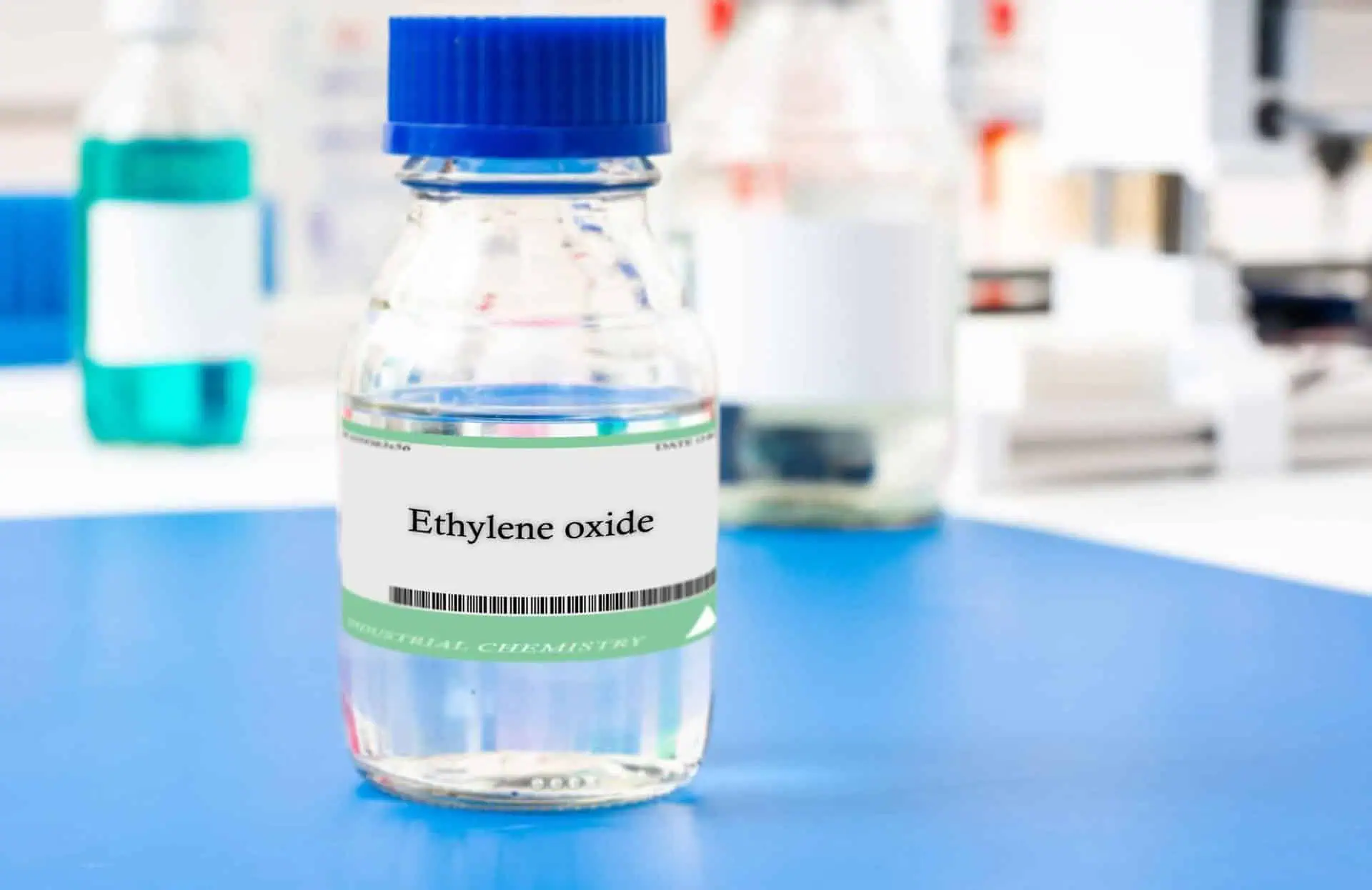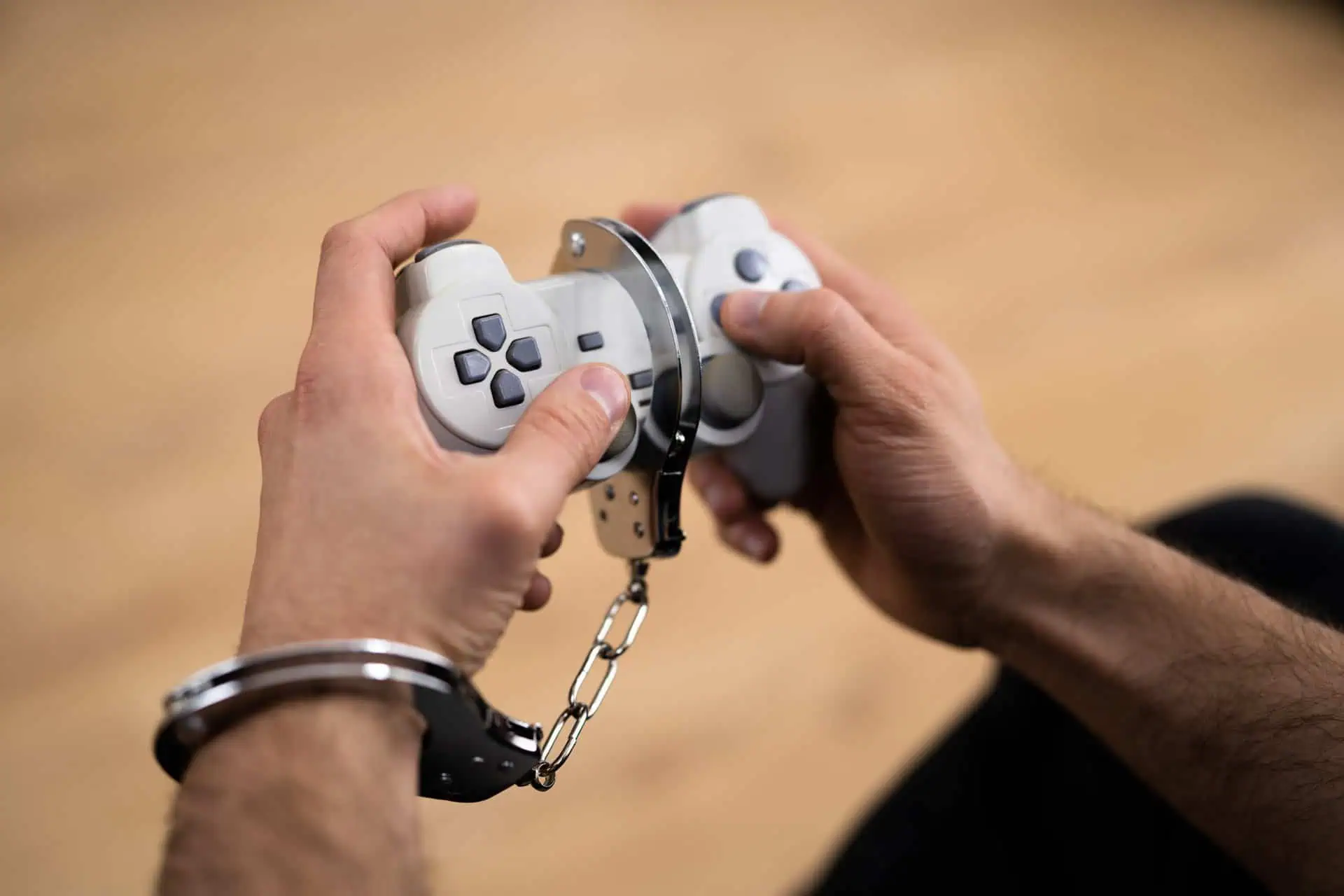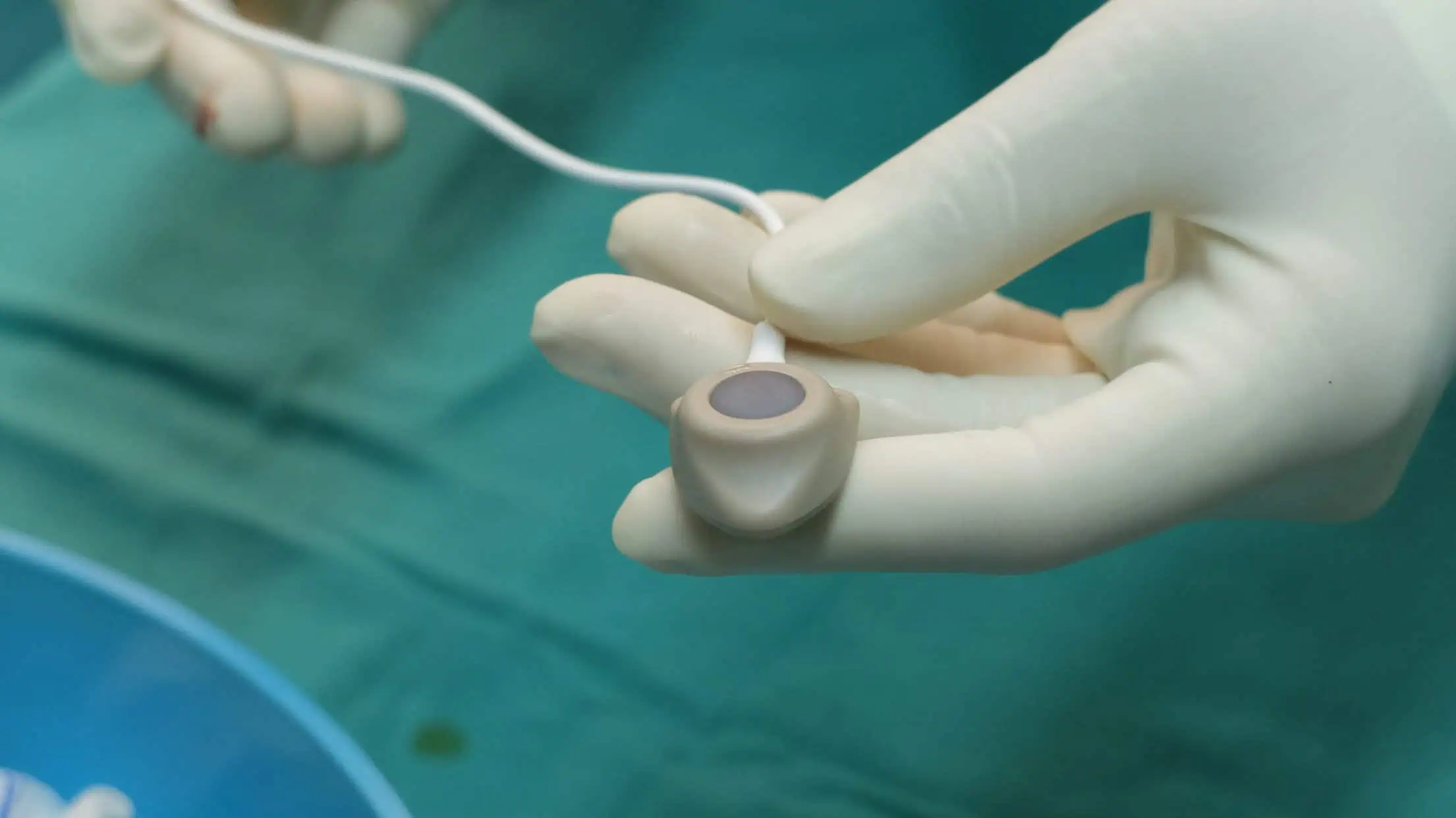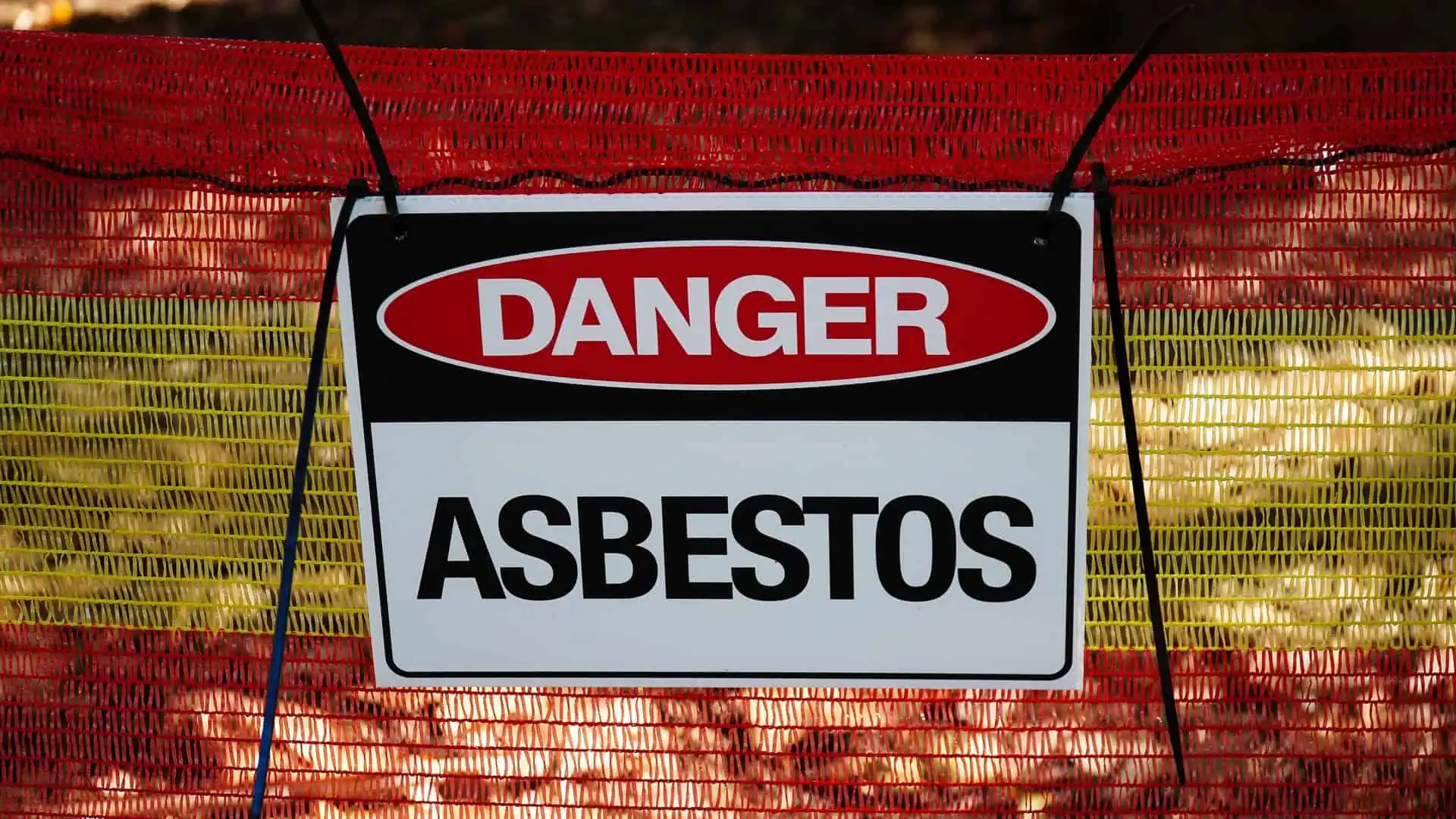Where Do PFAS Come From?
- Last Updated: July 27th, 2023

Attorney Jessica Paluch-Hoerman, founder of TruLaw, has over 28 years of experience as a personal injury and mass tort attorney, and previously worked as an international tax attorney at Deloitte. Jessie collaborates with attorneys nationwide — enabling her to share reliable, up-to-date legal information with our readers.
Legally Reviewed
This article has been written and reviewed for legal accuracy and clarity by the team of writers and legal experts at TruLaw and is as accurate as possible. This content should not be taken as legal advice from an attorney. If you would like to learn more about our owner and experienced injury lawyer, Jessie Paluch, you can do so here.
Fact-Checked
TruLaw does everything possible to make sure the information in this article is up to date and accurate. If you need specific legal advice about your case, contact us by using the chat on the bottom of this page. This article should not be taken as advice from an attorney.
Where Do PFAS Come From?
PFAS (polyfluoroalkyl substances) have been called “forever chemicals” because they are virtually indestructible and remain in the environment (and in the human body) for long periods of time without breaking down.
PFAS have been linked to a variety of human health issues, including various types of cancer (including kidney, testicular, and prostate), cardiovascular disease, obesity, a heightened risk of diabetes and high blood pressure, an increased risk of preeclampsia in pregnant people, liver damage, and reduced immune system effectiveness, among other conditions.

These “forever chemicals,” of which there are thousands, can be found throughout the United States and all over the world.
According to studies conducted by the Agency for Toxic Substances and Disease Registry (ATSDR), around 98 percent of all Americans have detectable levels of PFAS in their blood.
Table of Contents
A Brief History of PFAS
Although they were first used in the 1930s to make non-stick and waterproof coatings, PFAS were not manufactured on a large scale until just before the 1950s.

Beginning in 1947 with 3M mass-manufacturing PFAS, manufacturers began using various “forever chemicals” to make consumer, commercial, and industrial products that were resistant to water, heat, stains, oil, and grease.
In 1951, DuPont began manufacturing Teflon with PFOA (perfluorooctanoic acid).
Then, in 1953, Scotchgard, which repels oil and water, was invented by accident when someone at 3M spilled PFOS (perfluorooctane sulfonic acid) on a scientist’s shoe.
And in the 1960s, AFFF, or firefighting foam, was born after being developed by 3M and the United States Navy using both PFOA and PFOS.
PFOA and PFOS became the two most prominent PFAS in use, and they continue to be the most widely researched.
However, they are now largely discontinued in the United States due to safety concerns.
Today, Teflon contains no PFOA but still uses other PFAS that may not necessarily be any safer for humans.
Even though PFOA and PFOS are no longer used to manufacture products, they persist in the environment and continue to affect human health, along with other PFAS.
Sources of PFAS

Many people who are exposed to PFAS today are exposed through contaminated drinking water, including municipal water sources and private water wells.
People can also be exposed by eating food that was grown in contaminated soil near locations where PFAS are manufactured or used.
PFAS can even be consumed indirectly by eating fish caught in contaminated water or by eating animals that were fed crops from contaminated land prior to slaughter.
People who are pregnant can inadvertently pass PFAS to unborn babies in the womb or newborn babies through breastmilk.
Some of the major sources of contamination include landfills where products containing PFAS can be found, industrial sites where PFAS were either manufactured or used, wastewater treatment plants, fire training sites at airports and U.S. military bases, and fire response locations where firefighting foam was used, including areas affected by wildfires.
PFAS continue to be released into the environment by textile and leather factories, locations that manufacture industrial plastics, molds, resins, and surfactants, wire manufacturers, paper manufacturers, and companies that perform metal plating & etching, among others.
These manufacturers may release PFAS through various means, including air emission and waste/wastewater disposal.
Releasing PFAS into the environment can affect air quality, groundwater, soil, surface water, and runoff in the immediate area as well as surrounding areas.
PFAS are commonly found in non-stick cookware, water-repellent clothing, certain paints, varnishes, and sealants, cosmetic products (including makeup and nail polish), personal care products like shampoo and lotions, oil and grease-resistant paper contained in pizza boxes and other fast-food packaging, stain-resistant fabric and carpets, and in firefighting gear.
Firefighting foam, which also contains PFAS, has been used to squelch a fire’s fuel source and prevent it from reacting with oxygen particles in the air.
Although it is highly effective at suppressing fires, firefighting foam has recently become a source of major controversy, as many firefighters have alleged that they developed cancer after regular exposure to the PFAS found in the foam.
Indeed, as noted by the Centers for Disease Control (CDC), cancer is one of the leading causes of death among firefighters.
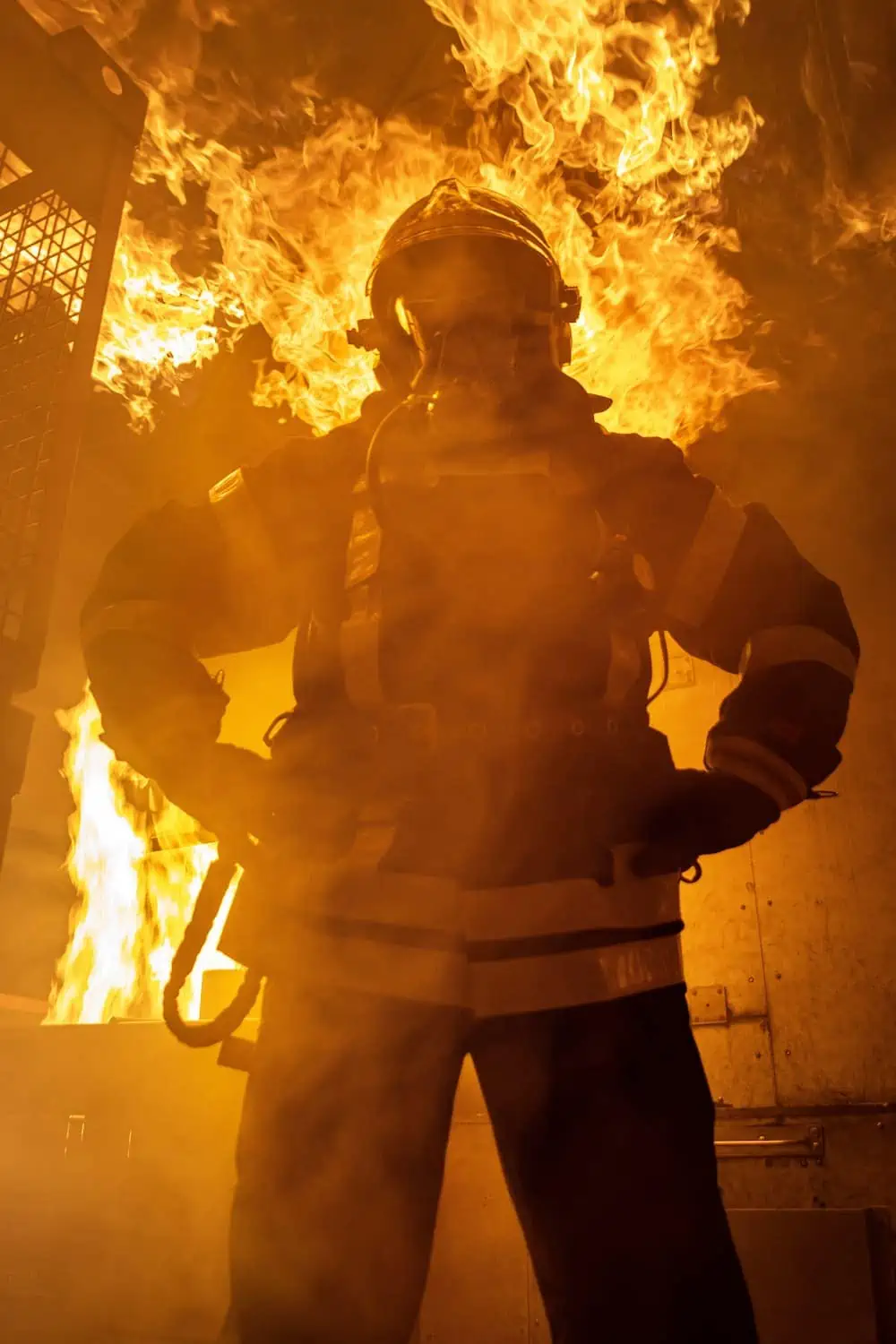
U.S. military firefighters and airport firefighters, in particular, have been exposed to firefighting foam for decades.
Some firefighters who were diagnosed with cancer have brought lawsuits against manufacturers of PFAS for failing to warn the public about the health risks associated with these chemicals.
The plaintiffs in these lawsuits have argued that PFAS found in firefighting gear and foam contributed to their cancer diagnosis.
Although more research is needed to understand precisely how different PFAS may contribute to cancer, peer-reviewed research has shown that significant exposure to PFAS has the potential to cause specific forms of cancer.
Join the TruLaw PFAS Lawsuit
If you are a firefighter and were exposed to high levels of PFAS through AFFF (foam) or your gear, fill in our Case Evaluator survey to find out if you are eligible to join our Firefighting Foam and Turnout Gear Cancer Lawsuit.
The attorneys of TruLaw want to help you seek compensation for the injuries resulting from exposure to these harmful “forever chemicals”.
Fill in the Firefighter Gear Instant Case Evaluator to get in touch with us today.

Managing Attorney & Owner
With over 25 years of legal experience, Jessica Paluch-Hoerman is an Illinois lawyer, a CPA, and a mother of three. She spent the first decade of her career working as an international tax attorney at Deloitte.
In 2009, Jessie co-founded her own law firm with her husband – which has scaled to over 30 employees since its conception.
In 2016, Jessie founded TruLaw, which allows her to collaborate with attorneys and legal experts across the United States on a daily basis. This hypervaluable network of experts is what enables her to share the most reliable, accurate, and up-to-date legal information with our readers!
Here, at TruLaw, we’re committed to helping victims get the justice they deserve.
Alongside our partner law firms, we have successfully collected over $3 Billion in verdicts and settlements on behalf of injured individuals.
Would you like our help?
At TruLaw, we fiercely combat corporations that endanger individuals’ well-being. If you’ve suffered injuries and believe these well-funded entities should be held accountable, we’re here for you.
With TruLaw, you gain access to successful and seasoned lawyers who maximize your chances of success. Our lawyers invest in you—they do not receive a dime until your lawsuit reaches a successful resolution!
AFFF Lawsuit claims are being filed against manufacturers of aqueous film-forming foam (AFFF), commonly used in firefighting.
Claims allege that companies such as 3M, DuPont, and Tyco Fire Products failed to adequately warn users about the potential dangers of AFFF exposure — including increased risks of various cancers and diseases.
Depo Provera Lawsuit claims are being filed by individuals who allege they developed meningioma (a type of brain tumor) after receiving Depo-Provera birth control injections.
A 2024 study found that women using Depo-Provera for at least 1 year are five times more likely to develop meningioma brain tumors compared to those not using the drug.
Suboxone Tooth Decay Lawsuit claims are being filed against Indivior, the manufacturer of Suboxone, a medication used to treat opioid addiction.
Claims allege that Indivior failed to adequately warn users about the potential dangers of severe tooth decay and dental injuries associated with Suboxone’s sublingual film version.
Social Media Harm Lawsuits are being filed against social media companies for allegedly causing mental health issues in children and teens.
Claims allege that companies like Meta, Google, ByteDance, and Snap designed addictive platforms that led to anxiety, depression, and other mental health issues without adequately warning users or parents.
Transvaginal Mesh Lawsuits are being filed against manufacturers of transvaginal mesh products used to treat pelvic organ prolapse (POP) and stress urinary incontinence (SUI).
Claims allege that companies like Ethicon, C.R. Bard, and Boston Scientific failed to adequately warn about potential dangers — including erosion, pain, and infection.
Bair Hugger Warming Blanket Lawsuits involve claims against 3M — alleging their surgical warming blankets caused severe infections and complications (particularly in hip and knee replacement surgeries).
Plaintiffs claim 3M failed to warn about potential risks — despite knowing about increased risk of deep joint infections since 2011.
Baby Formula NEC Lawsuit claims are being filed against manufacturers of cow’s milk-based baby formula products.
Claims allege that companies like Abbott Laboratories (Similac) and Mead Johnson & Company (Enfamil) failed to warn about the increased risk of necrotizing enterocolitis (NEC) in premature infants.
Here, at TruLaw, we’re committed to helping victims get the justice they deserve.
Alongside our partner law firms, we have successfully collected over $3 Billion in verdicts and settlements on behalf of injured individuals.
Would you like our help?



